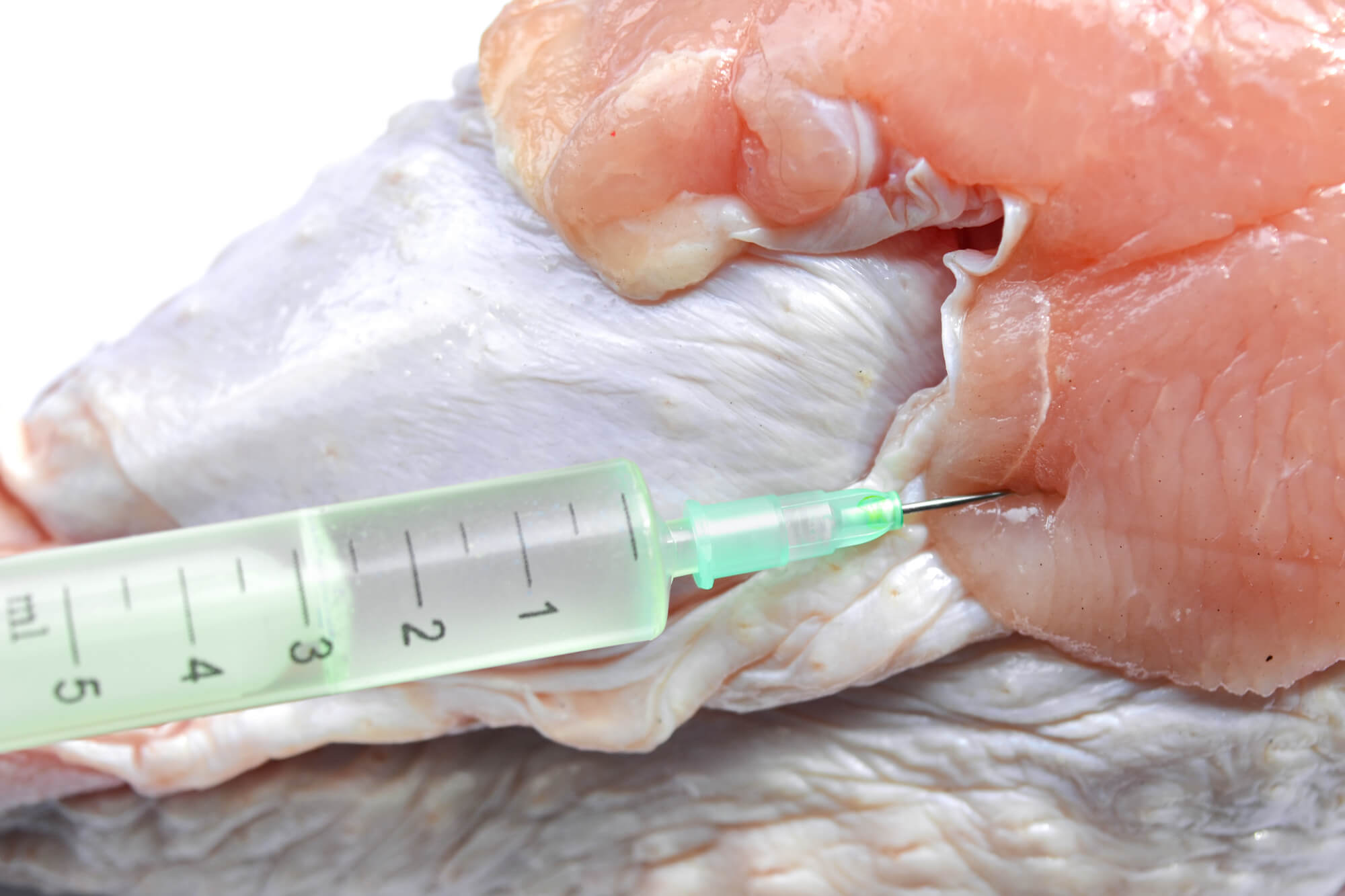
To satisfy 21st-century pet owners’ needs, the pet food market operates globally with international trade in raw materials and pet food. Sadly, the resulting supply network complexity can facilitate opportunities for economic crime like food fraud.
Types of food fraud
Food fraud is a crime that can destroy trust in safe, legal, authentic pet food supply. Criminals aim to make money through deception by exploiting supply chain vulnerabilities facilitating crime through substitution, concealment, mislabelling, grey market (production / theft / diversion), unapproved enhancement, counterfeiting, or dilution. All have occurred or have the potential to occur in the pet food supply chain.
For example, in 2007-2008, the largest ever pet food recall resulted from the use of wheat gluten deliberately adulterated with melamine for economic gain. This economically motivated adulteration resulted in the deaths of over 4,000 pets, cost over $40 million (€34 million) in recall costs, and damaged trust in commercial pet food. In 2015–2016, counterfeit Orijen premium pet food, packed into fake packaging similar to the genuine brand, was sold in the Chinese retail sector.
Use TACCP and VACCP
Retailers must therefore be able to identify genuine product and might also ask pet food suppliers to confirm how they use Threat Analysis Critical Control Points (TACCP) and Vulnerability Assessment and Critical Control Points (VACCP) controls to reduce food fraud risks.
Internally focused, TACCP is a covert process looking at products, premises, and people for vulnerabilities where deliberate acts could affect the authenticity, safety, or legality of your products. Potential examples include disgruntled employees who deliberately contaminate product, sell confidential information to competitors, or commit cybercrime with threats to extort money. By comparison, VACCP looks for external supply chain weaknesses where food crime could occur, such as a complex network of distributors and warehouses with opportunities for product mislabelling.
How to prevent fraud
To prevent fraud, you need to think like a criminal and ask questions like: ‘Do managers have the opportunity, incentive, and justification to purchase counterfeit pet food?’ and ‘Is the purchasing price from a distributor too good to be true?’ Develop an anti-fraud culture across your company – for example, do you havea whistleblowing scheme? – and ask your pet food suppliers to confirm their food fraud controls and demonstrate their traceability procedures for a batch of product. It also pays to follow trends in the human food industry, to learn from others.
The latest articles

How pet parents will shop for their pets this Christmas
A new survey takes the pulse on holiday shopping trends in the UK, including popular categories and average spending.

General Mills’ pet portfolio posts negative performance
Both revenue and net sales dropped by 4% in the last quarter amid less demand.

Negotiations of new EU rules on sustainable packaging to kick off in 2024
The Council and the Parliament will start the legislative process to design regulations regarding the packaging and packaging waste proposal put forward by the European Commission last year.
Weekly newsletter to stay up-to-date
Discover what’s happening in the pet industry. Get the must-read stories and insights in your inbox.